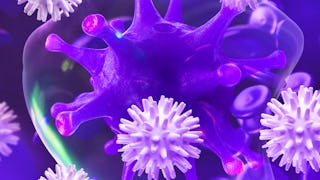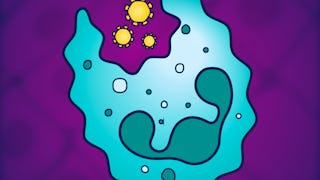The constant struggle between pathogens and the human immune system has been posing a significant threat to our health for thousands of years.
Infectious diseases remain the leading cause of death worldwide. These are typically caused by bacteria (intra- and extracellular), viruses, fungi, parasites (worms/helminths) and prions. Under normal circumstance, the immune response orchestrates a robust protection against these pathogens using both molecular and cellular mechanisms. This usually leads to direct or indirect inactivation of the infectious agent, so the disease symptoms may not appear. However, numerous pathogens have devised immune evasion strategies, which allow them to play ‘hide and seek’ with our immune system. The avoidance of human natural defences may result in host colonisation by a pathogen and thus an infection. This can manifest as disease when the infectious agent replicates and inflicts damage. In this course, you will learn about the different types of pathogens, their confrontation with human immune system, and the dramatic consequences of their evasive strategies.

















